New Zealand ANZ business confidence rose from -51.8 to -41.9 in March. Own activity outlook rose from -2.2 to 3.3. Looking at some details, export intentions rose from 0.9 to 7.9. Investment intentions rose from 4.5 to 5.2. Employment intentions rose from 2.3 to 12.3. Pricing intentions rose from 74.1 to 80.5. Cost expectations rose from 92.0 to 95.9. Inflation expectations rose back from 5.29 to 5.51.
ANZ said: “With inflation pressures now so extreme, and the RBNZ’s inflation-targeting credibility on the line, it’s full steam ahead for rate hikes – we’re forecasting 50bp hikes in both April and May.
“It could well be a rough ride, but maintaining medium-term price stability is the best contribution monetary policy can make to New Zealand’s big-picture economic prospects from this very difficult starting point.”




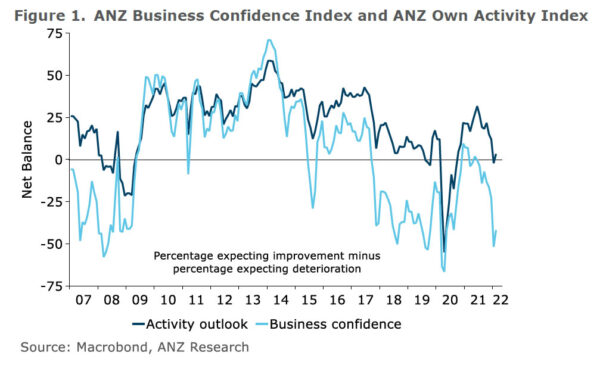
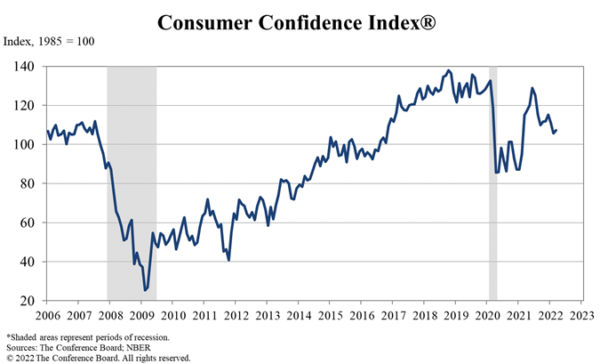
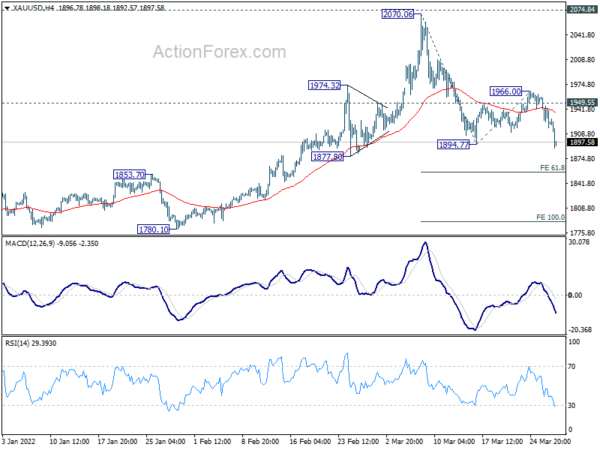
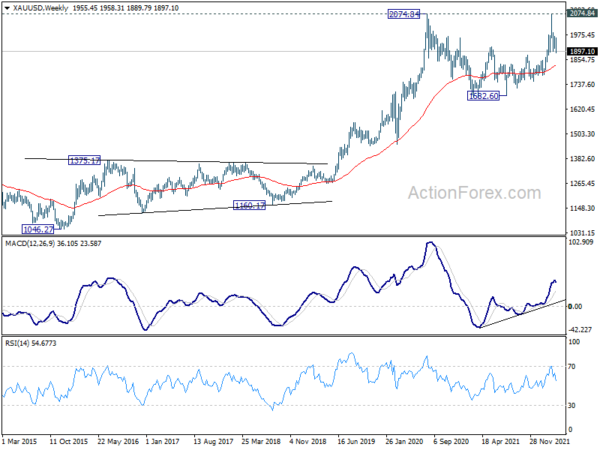
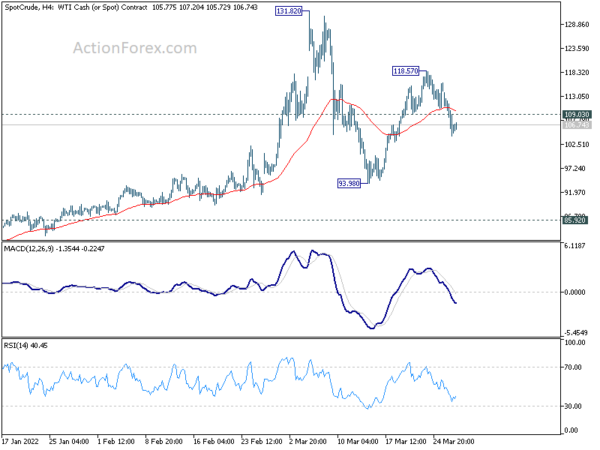
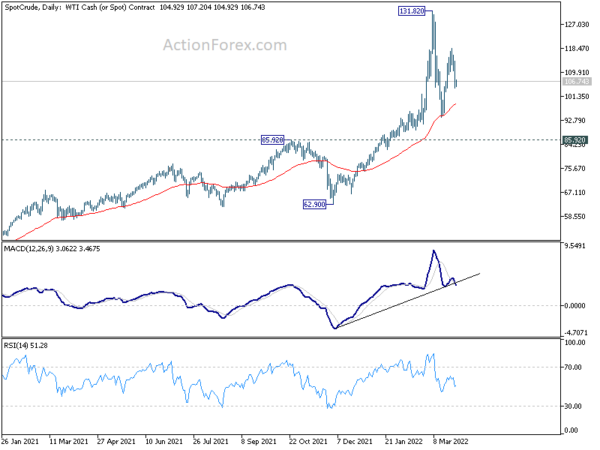
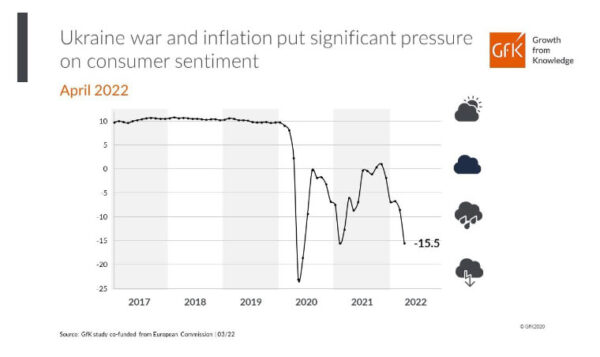
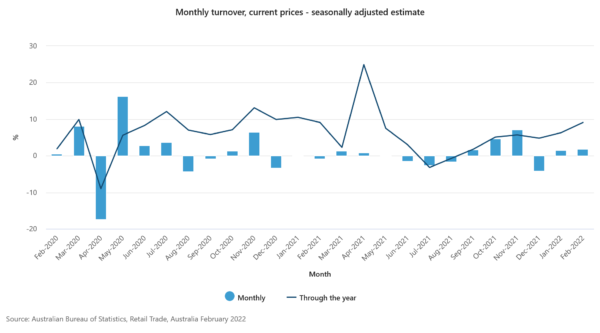
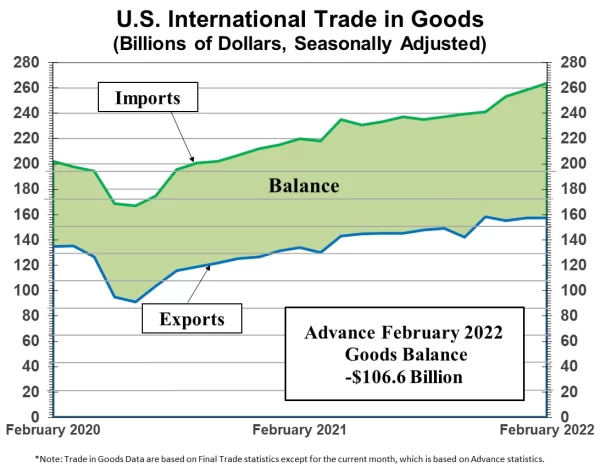
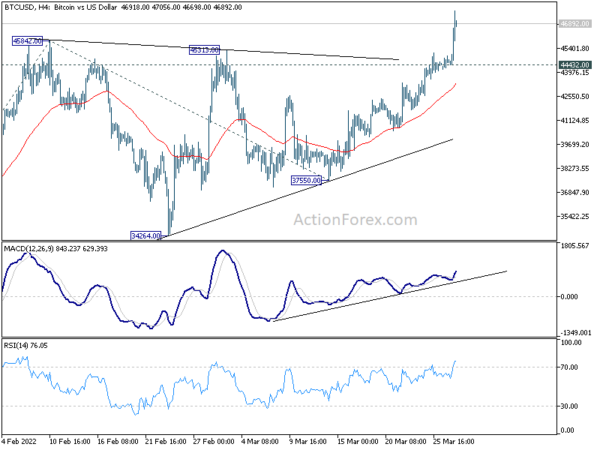
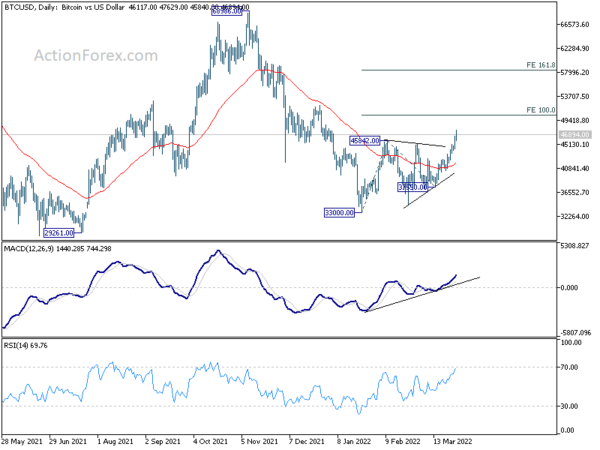
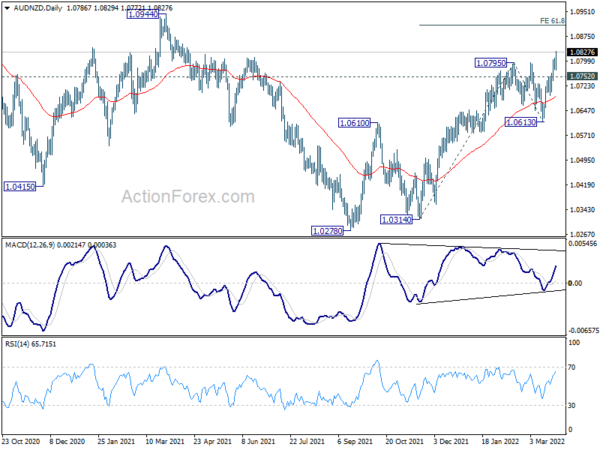
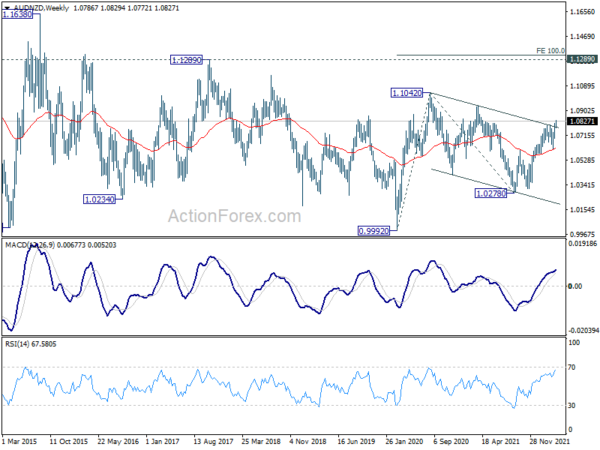
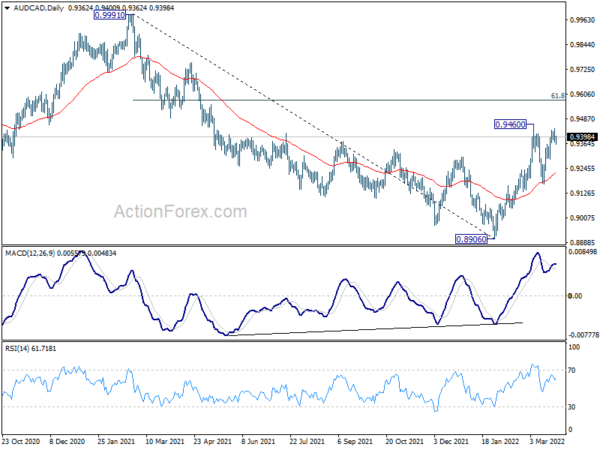
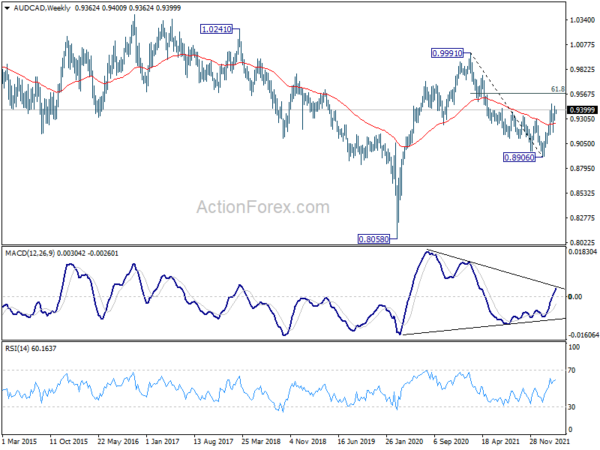
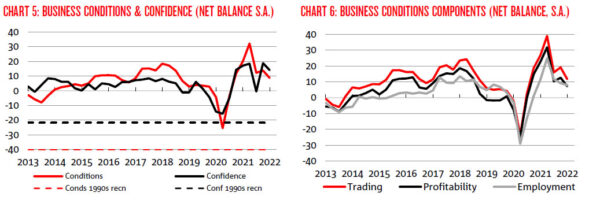
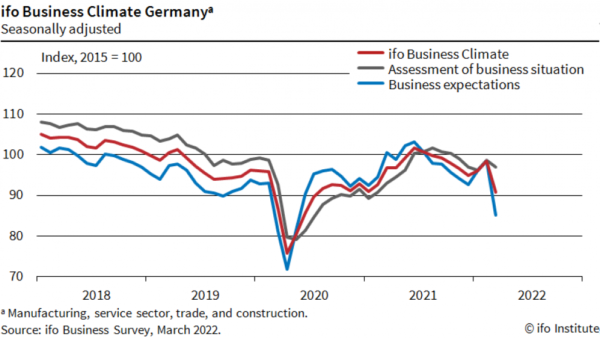

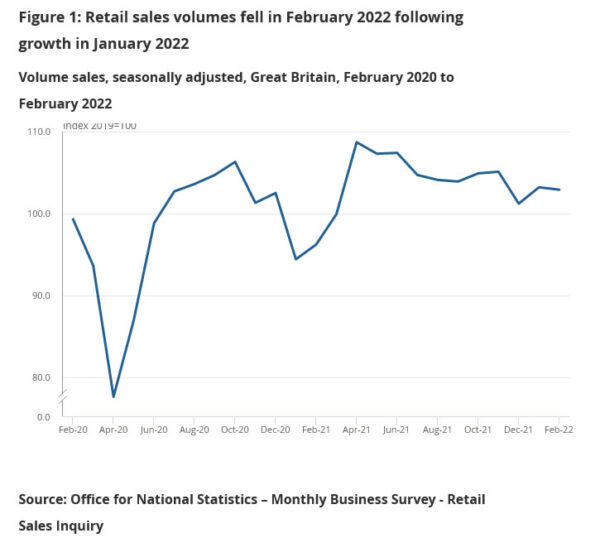
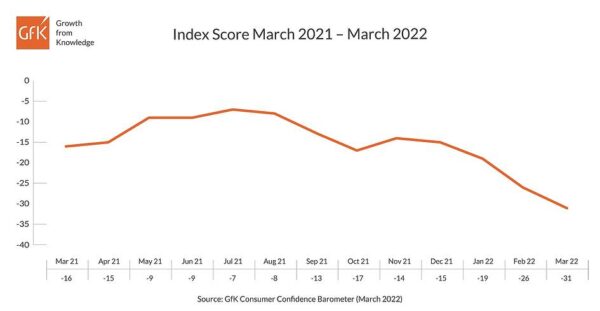

S&P 500 broke key resistance, heading back to record high
S&P 500 rose 1.23% to close at 4631.60 overnight. The solid break of 4595.31 resistance should confirm that correction from 4818.62 has completed with three waves down to 4114.65. Further rise is now expected as long as 4455.61 support holds, for retesting 4818.62 record high.
At the same time, NASDAQ has taken out corresponding resistance level at 14509.55. It’s time for DOW to break through 35824.28 resistance to align with the overall developments.